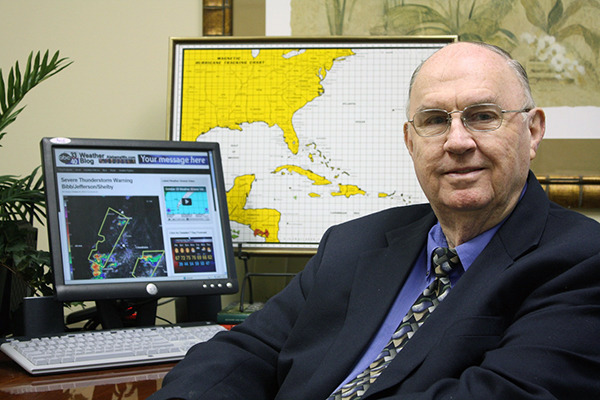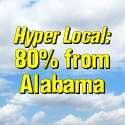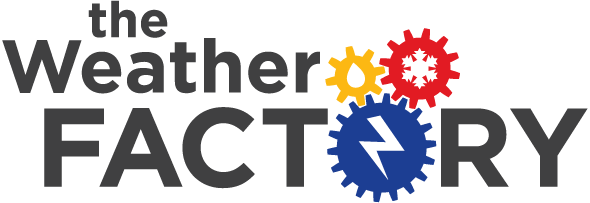A Lesson on European Tornadoes and Related Research
(credit: Britannica.com, The Conversation, American Meteorological Society, Smithsonian.com, NOAA, Horizon Magazine, UStornadoes.com, Keraunos.org)
DISCUSSION: While an average of over 1000 tornadoes are reported each year in America, our friends in Europe receive an average of 300 tornadoes per year though much fewer are reported. If Europe was one country, it would knock Canada out of second place for tornado production each year. An article highlighted the European part of Russia as the leading countries for tornadoes due to Russia’s large size. Coming in second place with more than 30 tornadoes per year is the U.K. The strongest tornadoes tend to span between Germany and northeast France towards Poland.
The formal study of European tornadoes began in the 17th-century when Italian astronomer and mathematician Geminiano Montanari analyzed a tornado that occurred in the Veneto region of Italy in July 1686.Digging deeper into European tornado history revealed that before the end of World War II, European scientists and meteorologists were the leading tornado researchers. One reason for this was that the word tornadowas banned by the Weather Bureau and the government didn’t want to cause panic.One AMS study stated that after 1950, the interest in European tornadoes declined when the majority of tornado reports were collected outside the national meteorological services.
The study further explained how the European Severe Weather Database (ESWD), of the European Severe Storms Laboratory, obtained 5,478 tornado reports from 1950 – 2015 (seen in the figure). ESWD records indicated that the tornado season for most of Europe occurs between May to August with a peak in July. Eastern Europe sees most of their tornadoes during the spring and early summer months. Northern Europe’s tornado season is from mid to late summer. Finally, southern Europe most frequently receives tornadoes and waterspouts in the Mediterranean Sea during the fall and early winter.
During that 1950 – 2015 timeframe, European tornadoes resulted in 4,462 injuries, 316 fatalities and damages estimated at more than €1 billion. A recent study explained that the Enhanced Fujita (EF) scale is the leading scale for ranking European tornados, though the Fujita scale and Torro scale are also used. The Torro scale was first developed in and is still used by the U.K.; it is a pure wind speed scale. The paper further expressed that to be most effective in Europe, the EF-scale damage indicators should be modified to represent European construction techniques.
Looking ahead, tornadoes will continue to impact European countries. Additionally, there are many active areas of European tornado research including the best scale for classifying tornado damage. So, even though it isn’t tornado season here in the U.S., keep your eye out for tornadoes and related research in Europe throughout the year!
To learn more about European weather, click here.
© 2018 Meteorologist Amber Liggett
AlabamaWX is pleased to partner with the Global Weather and Climate Center team for outstanding posts about our atmosphere. Visit them at https://www.globalweatherclimatecenter.com for more great information!
Category: Partner News Stories
















